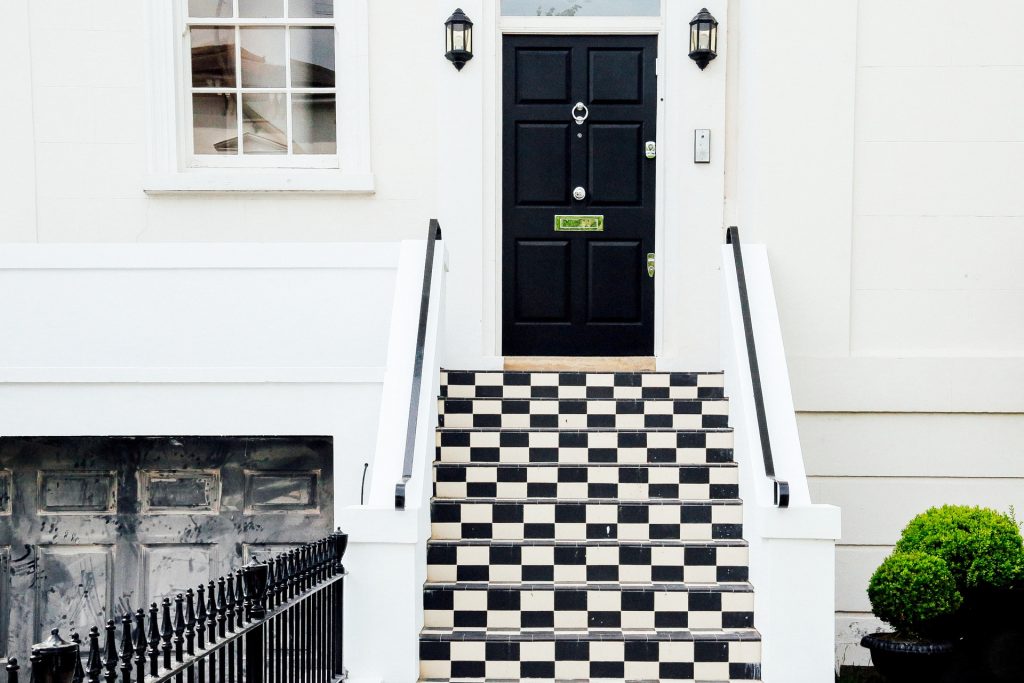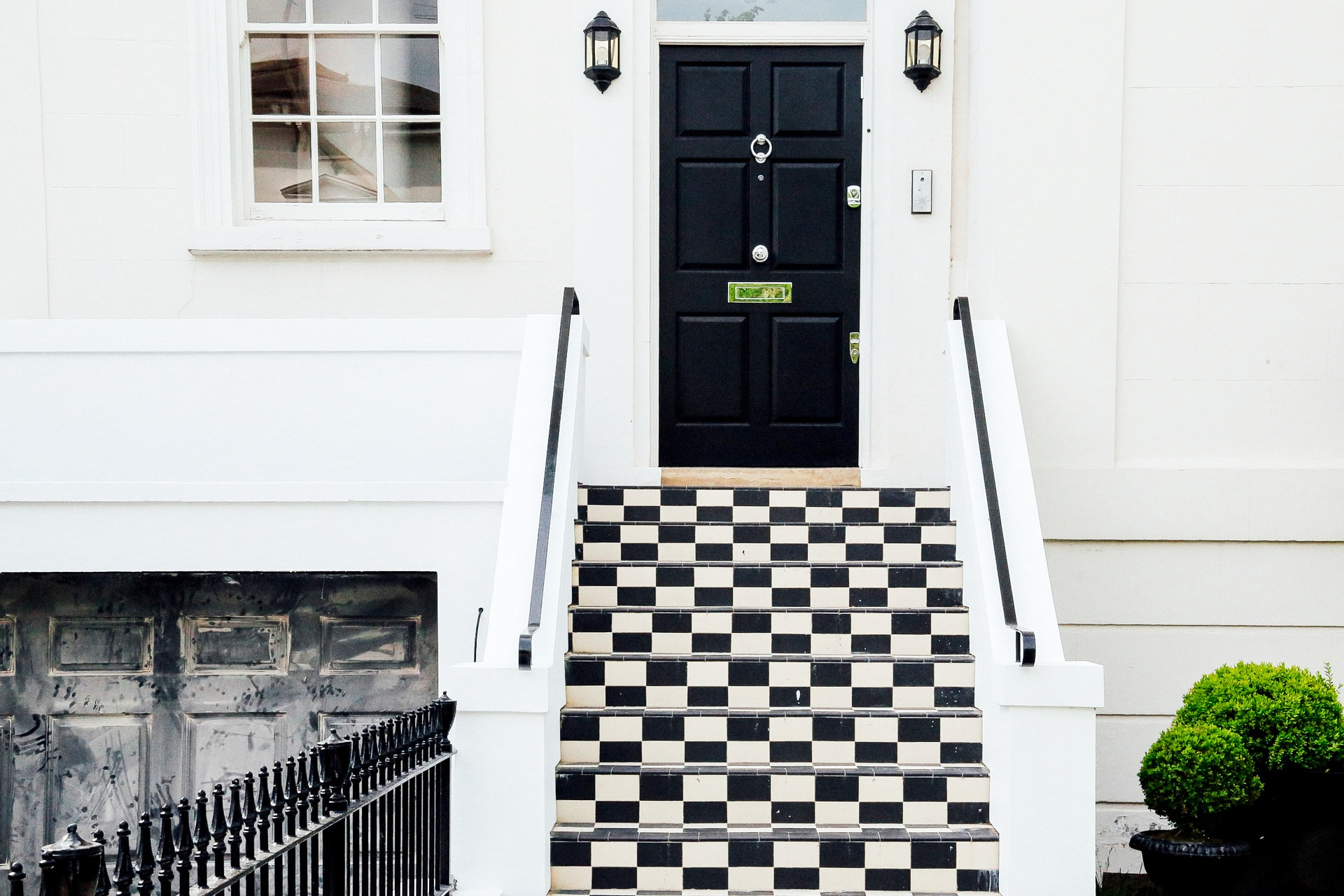A novel change from the classic porcelain tile, unique looking tiles are having a moment lately. From terrazzo to Victorian, concrete and encaustic, this artisanal flooring is both versatile and visually appealing. Specialist cement tiles also bring endless style and have been remastered to blend effortlessly with the modern-day home. They do, however, need a little basic care, so whether a new installation or restoration, read on for some tips on taking care of specialist tiles.
Different types of specialist tiles
Terrazzo tiles
A composite material of marble chippings set into cement, terrazzo was originally created in Italy as a way to reuse scrapped rock. Once the fragments are set, the surface is polished to create a super-smooth, sustainable tile. Available in an endless amount of pigment combinations, terrazzo tiles create a dazzling display of speckled colour. These days, porcelain versions are also available but you really can’t beat an authentic Italian terrazzo floor!
Encaustic tiles
Featuring decorative patterns that appear inlaid, encaustic tiles are made up of two to six different colours of clay. Often referred to as cement tiles, they are entirely handmade, and unlike glazed patterns, which sit on the surface, encaustic patterns are hydraulically pressed and won’t wear off. The process dates back to medieval times, but its recent resurgence is seeing the patterned tile popping up in homes everywhere. Whether you prefer a minimalist look or big, bold pattern, there’s an encaustic tile for every taste.
Victorian tiles
Victorian tiles are a type of encaustic and notably known for their striking patterns. Many homeowners buy original and traditional designs for their modern style homes but made from clay; they require TLC. Some tile providers now even offer a porcelain option that looks like the real thing, and most of the time these tiles don’t need sealing. You can’t beat authenticity, however, and whichever pattern you choose, true Victorian tiles will make a great feature in any home.
Concrete floor tiles
Offering a cool, industrious look, concrete floor tiles are an excellent alternative to ceramic, porcelain and natural stone. A cheaper alternative to poured concrete, they’re also a practical option should you come to retrofit underfloor heating. With a vast range of natural colours and textures, concrete floor tiles will fit beautifully into a sophisticated modern design scheme. They can also be combined with matching worktops and sinks for a unified look that has the true beauty of mother nature.
Installation tips for concrete, Victorian, encaustic and terrazzo tiles
When it comes to installing specialist tiles, it is always best to start with a pre-grouting treatment. These types of tiles are made with inerts and concrete which are incredibly absorbent and also reactive to acid. Any substances with a pH lower than 7 should always strictly be used, and these tiles should also be kept as clean as possible during installation. We recommend FILA’s pre-grouting protective agent, PRW200, which makes a temporary seal and will protect the tiles from the grout. This means your grout is able to dry, avoiding the ‘picture-frame’ look when it comes to the post-installation clean. Use our degreasing floor cleaner, PS87 PRO for matt and unpolished tiles or our pH-neutral cleaner, CLEANER PRO, for polished concrete and non-matt encaustic, original terrazzo and Victorian tiles.
The best stain protector for specialist tiles
Make ordinary maintenance easy with a stain proofing liquid protector like FOB XTREME or MP90 ECO XTREME for specialist tiles. The best stain protector you can use should both waterproof plus facilitate cleaning as they limit the absorption of staining agents, and these two products will prolong the life of encaustic, original terrazzo and Victorian tiles. Both sealers are also compatible with internal concrete that has a polished finish (and also fantastic for concrete countertops). Then there’s our amazing new CONCRETE SHIELD for exterior concrete.
Enhance internal floors with a protective wax
As an additional optional treatment for internal floors, you could apply protective wax. Why apply both sealer and wax you ask? Well, the answer is simple; the wax will protect the sealer from wear and preserve your floor for longer. Not only will your floor be defended from dirt, stains and abrasion, but a FILA wax will also enhance the beauty of your specialist tiles. Take your pick from MATT, our matte effect wax or FILA SATIN; both promise further protection from the effects of use.
Use a pH-neutral cleaner for specialist tiles
Specialist tiles may be stylish but as we mentioned above, they’re incredibly porous and susceptible to acid attack. For this reason, it’s important to invest in a pH-neutral cleaner for maintenance like CLEANER PRO (diluted at 1:200), which can be used for even the most delicate of tiles. SANIFAST is also another excellent product to disinfect floors, yet is gentle enough for specialist tiles and for use around pets. Both will keep your tiles squeaky clean and preserve their beauty – showstopping floors are safe when they’re in FILA’s hands.
Need more helpful advice on specialist floors?
Thank you for reading our post; we hope you enjoyed and are now confident with how to seal and clean specialist tiles. This type of flooring is not hard to maintain if you have the right tools – why not contact our team for more helpful advice?

